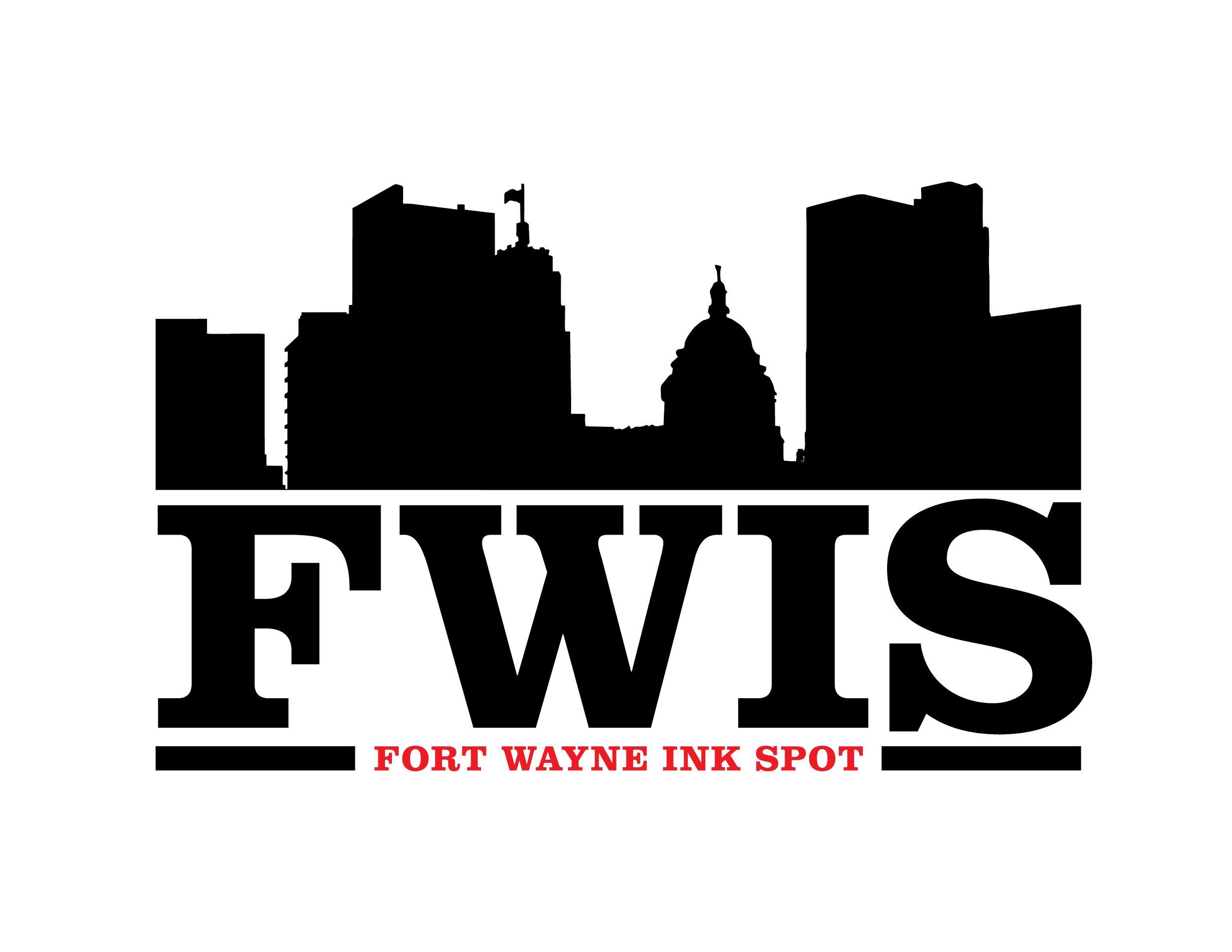In Touch With A Jonkonnu Christmas Celebration

By Betty Miller Buttram
FWIS Contributing Writer
Jonkonnu is a Caribbean celebration usually held around Christmas. Its roots can be traced back to the slave ships from West Africa stopping at ports and unloading their human cargo in Jamaica, the Bahamas, and other islands in the Caribbean as well as the coast of North Carolina.
The name Jonkonnu has a meaningful significance to it. As it references a historical person from Ghana, John Canoe, also known as January Conney who died in 1725. These were the names given to him by the Europeans. He was an Akan warrior from Axim, Ghana, and a chief of the Ahanta people in Ghana in early 18th century. Canoe was an ally soldier for the Germans until he turned his back on them for his Ahanta people, siding with the Nzima people and their warriors to take their area back from the Germans and the Europeans.
Canoe established a stronghold on the abandoned Fort Fredericksburg in Ghana and defended it against several massive conquest attempts of the Dutch as well as fought multiple wars with European traders for twenty years. The stronghold finally fell in 1725 and whatever happened to John Canoe is unknown. The news of his perseverance in fighting for his people reached Jamaica, and he has been celebrated ever since the Christmas of 1708 when he first defeated the Prussians for Axim.
It is a cultural celebration that includes dance, music, spirituality, and a celebration of freedom. The primary element of the Jonkonuu consisted of Black men dressed in simple costumes, animal skins, face painting, playing instruments, singing, dancing, and marching from home to home to perform for masters and overseers. Those who witnessed the show were to reward the men with money and alcohol.
Christmas was used to ensure slaves accepted the version of Christianity their masters practiced. Religion was used as a tool to keep slaves complacent and to convey the notion that God approved their condition. But in parts of the coastal South in the United States, particularly in North Carolina, many slaves broke away from the Christian tradition and engaged in festivities with roots from their West African heritage in the celebration of Jonkonnu.
In Wilmington, North Carolina, enslaved people celebrated Jonkonnu during Christmas and dressed in wild costumes and went from house to house singing, dancing, and beating rhythms with rib bones, cow’s horns, and triangles. At every stop they expected to receive a gift. Southern plantation owners in that state knew that there was a history of slave insurrections coming from the Caribbean and South America. Some of the worst insurrections of all time occurred over Christmas in places like Jamaica. Although they allowed the celebration, they were glad and relieved when it ended.
It is written that Jonkonnu has the same roots as New Orleans parades and is a forerunner to the modern-day performances of Black marching bands and the step routines of Black fraternities and sororities.
The celebration of Christmas in Jamacia is said to date back to the 17th century during enslavement. Plantation work would cease from Christmas Eve until Boxing Day (December 26 in Great Britain), and it was a time of great jubilation for the enslaved. Celebration among the population would be marked by huge all-night dances, with costumed masqueraders and drumming. It was one of Jamacia’s oldest holiday traditions. Jonkonnu is especially important to the history of Jamaica in relation to the celebration of their freedom. In Jamacia’s world today, the practice is still retained in some rural areas.
There is always a link to our ancestral history that leads us back to Africa. We must not forget what our ancestors endured while enslaved for just a taste of jubilation during Christmas. They were free from their labors for a day or two, but then it was back to giving free labor to their masters.
